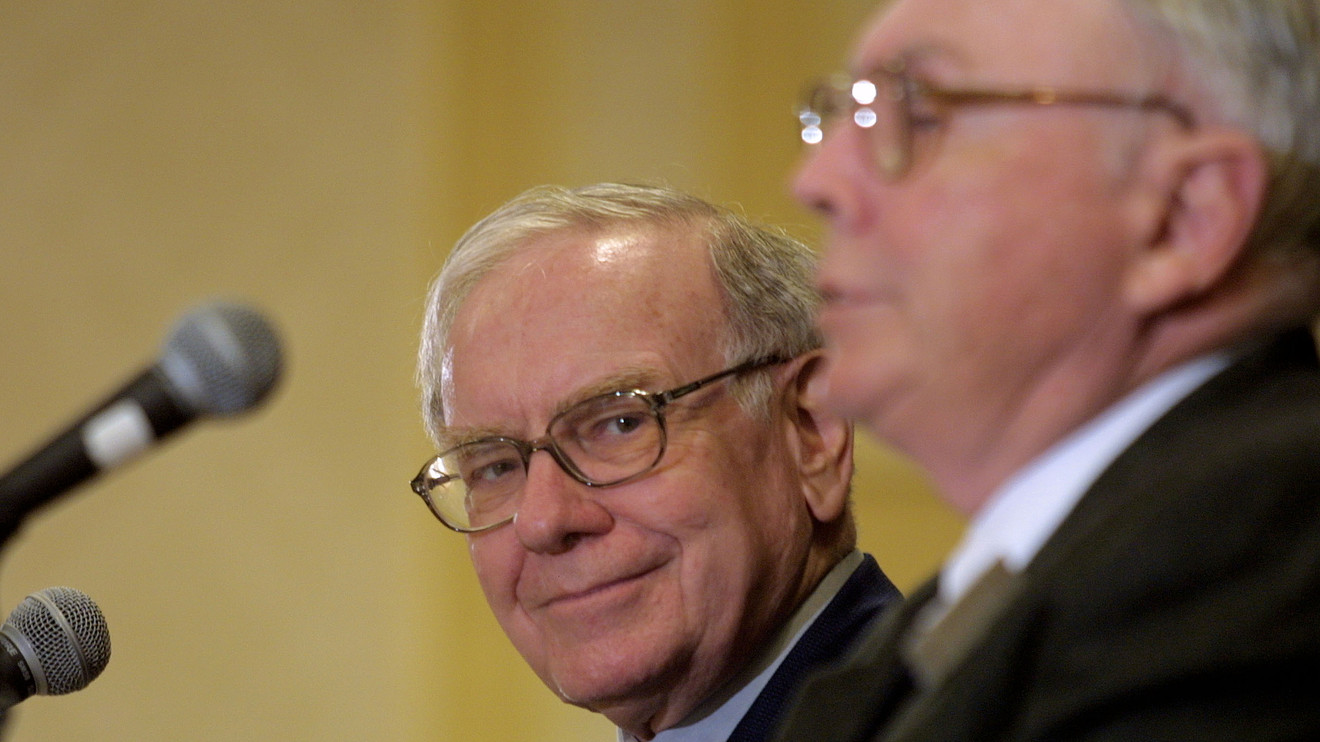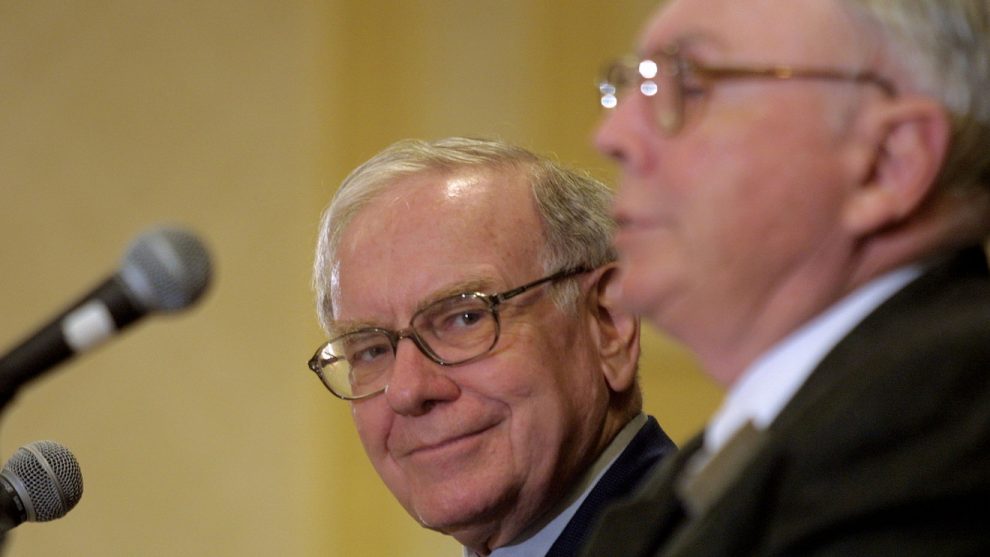
Once in an article I called Charlie Munger “Warren Buffett’s sidekick.” Jeff Matthews, a friend and the author of “Pilgrimage to Warren Buffett’s Omaha,” sent me an impassioned note saying, “Charlie is not a ‘sidekick’! Charlie changed Buffett’s investment philosophy. Sidekicks don’t do that.”
He went on: “At Munger’s 90th birthday party, Buffett pulled out an old, yellowed letter that Munger had written back in the day where Munger actually told Buffett explicitly that he had to change — that the cigar-butt stuff wouldn’t scale, that it was better to buy good businesses even if the price wasn’t dirt cheap.
“I thought that was astonishing, maybe the most insightful thing I’d ever heard about Munger. He didn’t just talk about it; he actively pushed Buffett to change. Literally, without Munger there’s no Berkshire as we know it.”
Consider the bible of value investing — Benjamin Graham’s 1949 “The Intelligent Investor.” Graham spent a lot of time talking about cheap stocks. He defined them as the ones that trade at single-digit price-earnings multiples, trade at a discount to book value, or trade below their cash value (net-nets).
Graham placed great emphasis on statistical cheapness — his flavor of value investing is tangible, staring you in the face. It requires little imagination. You just need to close your eyes, plug your nose, take a deep breath, and buy whatever you scrape off the bottom of the stock market abyss — what Buffett calls the “cigar-butt” approach to investing.
Yet if the only thing you get out of Graham’s teachings is to buy statistically cheap stocks, then you are shortchanging yourself. This analysis is one-dimensional and ignores much that is important.
Munger turned Buffett from being a one-dimensional to a three-dimensional investor.
At Berkshire Hathaway’s BRK.A, -0.52% BRK.B, -0.36% annual shareholder meeting this Saturday, Munger and Buffett once again will be center stage. If you want to understand Buffett, get to know Munger — who turned Buffett from being a one-dimensional to a three-dimensional investor. The two dimensions he introduced are quality and growth.
A statistical value investor does not even have to be good at math — the counting skills you acquired in kindergarten are enough. As long as the P/E of the stock you want to buy doesn’t exceed the number of digits you have on two hands, you are a Ben Graham value investor.
But as Munger pointed out, this one-dimensional strategy is not scalable. You have only a few opportunities in your lifetime to assemble a portfolio of (in-your-face) statistically cheap stocks that are decent businesses. All other times, you’ll end up owning a lot of melting ice cubes.
The quality and growth dimensions may lack in-your-face tangibility — they are often more difficult to quantify — but are important sources of value.
Let’s look at quality. A high-quality, mature company that is barely growing earnings (think Coca-Cola) is like an inflation-protected bond. This company dominates its industry, and its existing (key word) business generates a high return on capital; but it cannot put this capital to work at these high rates because it already has a large market share in an industry with GDP-like growth.
As an investor you’ll collect dividends that will grow with inflation. You’ll make or lose money on the stock price depending on the pendulum swing of price to earnings around the fair (par) value (which will also appreciate in line with inflation).
From today’s perch, in a world where investors are starved for yield, mature high-quality businesses trade like extremely expensive bond substitutes — their P/E pendulum puts their valuation much above par.
Growth is a tricky dimension. On a stand-alone basis it means little and can often be dangerous. A company that grew earnings at a fast pace in the past but lacked a sustainable competitive advantage (a bedrock of quality) will invite competition that will destroy current and future profitability.
When you combine growth with quality, however, the mixture is magical and will result in a lot of value (think Apple AAPL, -0.65% ). This value lies in future earnings. Another way to say the same thing is: A high-quality company with a high return on capital married to a significant growth runway — the ability to reinvest at a high rate in the future — will create significant value, which will not be observable in last year’s or even next year’s earning power but years from now.
Think about some of Buffett’s best investments: American Express AXP, +0.20% and Geico. Both had significant competitive advantages. In the case of Geico, it sold directly to consumers and thus was a low-cost producer in a commodity industry. American Express simply had an unassailable brand. Both had a huge growth runway ahead when Buffett purchased them.
If Graham’s Intelligent Investor is the Bible of value investing, then what should we learn from it?
Don’t trade stocks like you would trade sardines; view them as partial ownership of businesses. Mr. Market is there to serve you, not the other way around. Of course there is margin of safety — buying stocks at a discount to what they are worth. But a discount to “worth” doesn’t equate to statistically cheap.
Vitaliy N. Katsenelson is chief investment officer at Investment Management Associates in Denver, Colo., which has no position in any of the stocks mentioned in this article. He is the author of “Active Value Investing” (Wiley) and “The Little Book of Sideways Markets” (Wiley).
What is value investing? How is it applied in the modern markets by investors like Warren Buffett? Check out “The 6 Commandments of Value Investing,” a chapter from Vitaliy Katsenelson’s upcoming book.
Also read: This investor’s pilgrimage to Berkshire’s annual meeting is about more than Buffett
More: Warren Buffett still has valuable advice, but do his fans even listen?






